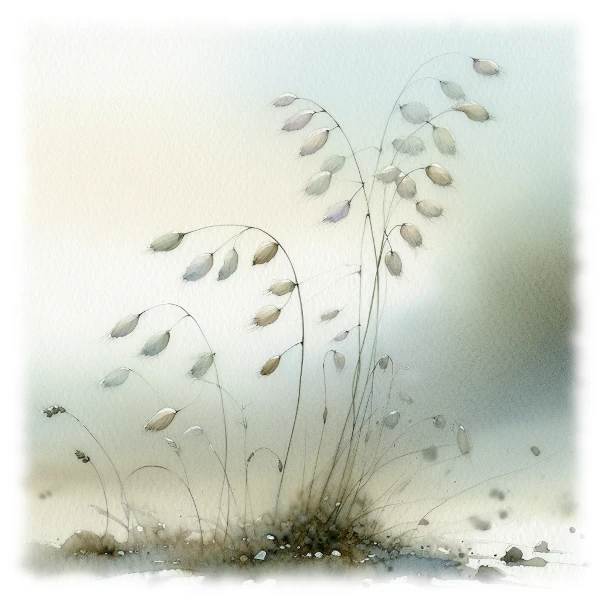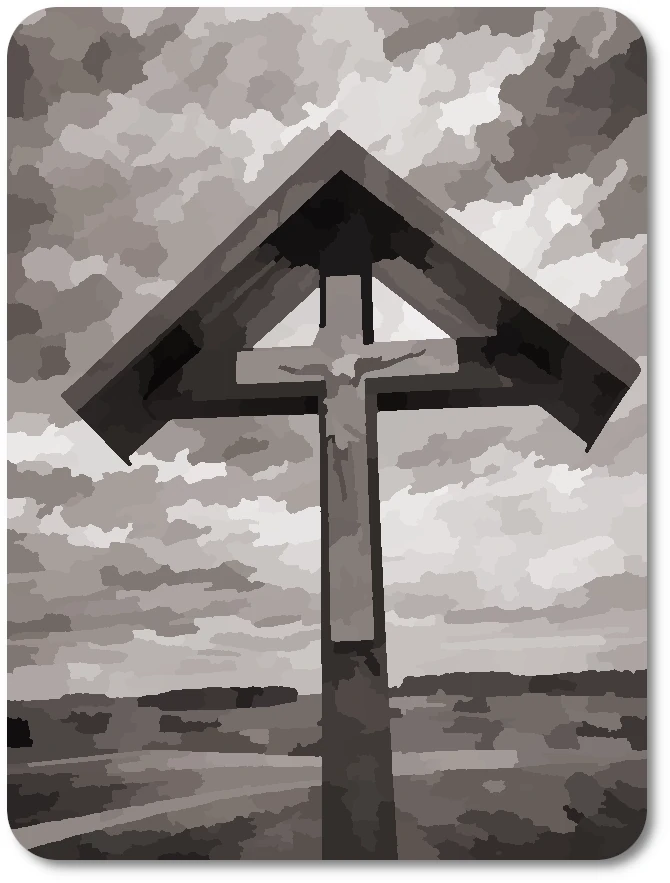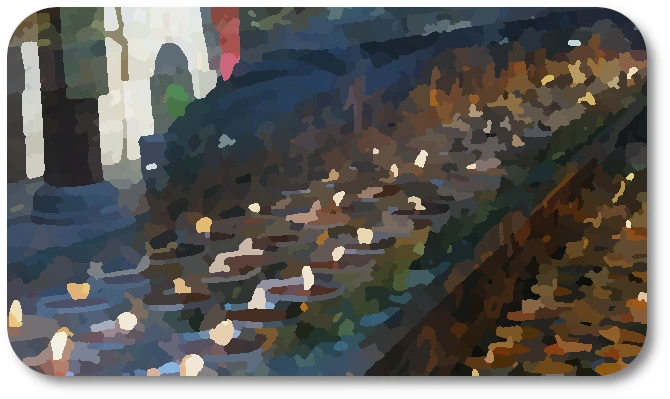- Rosary
- Glorious Mysteries
- Faith
Faith
The Virtue of Faith: Saying Yes When You Don't Have All the Answers

What does it really mean to live by faith—especially when life doesn’t offer clarity or comfort?
If you’re holding questions, weariness, or even silence, this space is for you. Belief isn’t always a bright and bold declaration; sometimes, it feels quiet and unsure. Yet, it remains real.
This page reflects on what trust in God has looked like in my life—how it has grown through grief, been tested by stillness, and strengthened by repetition.
I’ll walk with you through personal moments, prayer, and the tools that have helped me, especially the Rosary and Stations of the Cross. Along the way, you’ll find invitations to reflect, ask your own questions, and notice where your own seed of belief might already be taking root.
As you read, you may wonder why this virtue matters, how it grows, or how to keep walking when conviction feels thin. I’ve begun answering some of those questions on pages like Why Faith is Important, taking a Leap of Faith, and Walking by Faith—you’ll find links throughout this reflection.

🌿 What Is Faith, really?
I believe faith is a gift that begins with God—but it doesn’t stay still. It grows. It stretches. It changes shape over time.
For me, it started small: a kind of trust that God was real, a whisper that maybe my prayers mattered. But as I’ve grown older and as I’ve spoken up for what I believe in more boldly faith has become something deeper, stronger, and less fragile.
I’ve noticed changes in myself. I used to keep quiet in conversations about God. Now I speak up—not to convince anyone, but because something in me is more rooted than before.
Faith, I’ve realized, is not just private; it’s not always quiet. Sometimes it calls us to take a stand.
The seed is still there, but the roots are deeper. And even if winds come, I trust I won’t be uprooted as easily.
That’s what this virtue looks like: a living, breathing relationship that matures over time. It gets shaped by grief, perseverance, and tiny moments of prayer. And God, in His goodness, never stops watering it.
So if you feel like your faith is changing, that’s okay. It’s supposed to. You don’t have to have it all figured out. You just need to stay open.
🌟 Visual Takeaway Box
Faith is not certainty.
It’s the courage to keep saying yes.
Even in the silence.
Even in the dark.
Even when you don’t know the way.

✨ A Moment That Changed Me
When my father passed away, something shifted in me—but not in a way I could easily explain. There was no sudden awakening or obvious breakthrough. What settled in was a long stretch of quiet—a kind of stillness that felt more like waiting than living.
I stopped seeking out activity. I didn’t want to go anywhere or fill my days with noise. I spent hours simply watching the trees outside my window, letting the world move around me while I remained still. Life unfolded—seasons changed, my yard grew wild—but I stayed unmoving, as if my heart were holding its breath.
At first, I thought this was just grief. And in many ways, it was. But as time went on—years, even—I realized that something deeper was forming. Though I wasn’t fully aware of it then, that quiet season was preparing me for a different kind of faith—a faith that would eventually ask me to move forward. To take steps. Even a leap.
It makes me wonder if moments like this—when nothing seems to be happening—are actually the hidden beginnings of walking in faith. Maybe stillness isn’t the opposite of movement, but its preparation.
Maybe you’ve felt that way too stuck in grief, unmoving, wondering if faith is even alive in you. Can faith grow when it feels like nothing is happening? Yes. Sometimes the most sacred growth happens when you feel most alone. The world kept turning, and my heart was quietly being prepared. And God never stopped being nearby.
🕊️ Faith and the Resurrection

The Resurrection began in stillness. In a dark tomb. In a space where loss seemed final. Mary Magdalene stood outside that tomb, weeping, heartbroken, believing the worst had happened. She didn’t come looking for a miracle—she came with grief. Yet, it was there, in the silence and confusion, that resurrection began.
That space she occupied—the emptiness, the questions, the waiting—reminds me so much of that season after my father died. The world went on. Life happened around me. But inside, I stayed still. I didn’t know it at the time, but even in that pause, something was quietly forming beneath the surface of my heart.
Mary’s grief didn’t block her from experiencing the miracle; it prepared her for it. And when Jesus called her name, everything changed. Resurrection, it turns out, doesn’t always announce itself with fanfare. Sometimes it begins in the quiet moments no one sees—slowly, steadily transforming everything.
We often think of faith as bold or certain. But the kind of faith that carries us through emptiness is quieter. It waits. It listens. It holds on, even when nothing makes sense. I think of Mother Teresa, who endured decades of spiritual dryness. She kept serving, kept loving, even when she didn’t feel God’s presence. Was she holding on to faith—or was faith holding on to her? Maybe both.
When I meditate on the first Glorious Mystery, I linger with Mary Magdalene. I imagine her tears, her confusion, and then—the moment she hears her name. That speaks to me, not because it’s triumphant, but because it’s deeply human. Faith is often born or deepened in quiet places—in tombs that look like endings but are really beginnings. In moments when we think we’ve been forgotten, but we’re actually being called by name.
🙏 Guided Prayer: When Faith Feels Weak

Jesus,
Some days I walk in circles, looking for You.
I carry doubts I don’t speak out loud.
But You already know them.
And still, You call me.
I give You my small faith—the seed that barely grows, the trust that trembles.
Let it be enough for today.
Amen.
In moments like these, we come to understand that nurturing other virtues is essential, especially as we seek to cultivate hope when our faith feels weak. Develop Hope When Faith is Weak
🕵️♀️ Faith in the Rosary and Stations of the Cross
Faith doesn't grow in a vacuum. We need rhythms, repetition, and places to return when we forget. For me, that’s the Rosary and the Stations of the Cross.
Each mystery invites me to believe again. From the Annunciation—Mary’s yes—to the Ascension, where Jesus reminds us: I am with you always. The Stations show me how belief bleeds, falls, and keeps going.
When I walk those steps with Jesus, I see how belief and pain are often side by side, especially at Station 2, where He takes up the Cross, and Station 13, where His body is placed in His mother’s arms.
We don't need to feel belief to walk in it. We just need to walk.
💬 Questions That Come Up Often
Q: What if I don’t feel God at all?
A: That doesn't mean He isn't there. God often moves most in the silence. Keep praying, even without feeling. That’s trust.
Q: Can doubt and belief exist together?
A: Yes. Doubt is not the opposite of belief. Despair is. Trust says: I will still choose to believe, even when I don’t understand.
Q: How do I grow trust if I feel stuck?
A: Start small. Pray one decade. Light a candle. Read one verse. Don’t focus on growing. Just keep showing up. God will do the rest.
🌿 Try This Today
- Pray the first Glorious Mystery and ask Jesus to bring light into a dark corner of your life.
- Write one sentence of belief in your journal: "I believe You are with me."
- Walk one Station of the Cross, slowly and prayerfully. Let it hold you where you are.
After you pray or reflect, consider sharing your experience with someone who might need encouragement.
💕 More Reflections on Living Faith
If you’ve ever wondered how faith grows, what it means to trust when life is uncertain, or how belief moves from stillness to action—these reflections may help you along the way:
- Why Faith is Important
- Taking a Leap of Faith
- Walking by Faith
- Mustard Seed Faith
- Faith Without Works Is Dead
- Hope Faith Charity
💕 Share Your Seed of Faith
If you’ve ever experienced a moment where belief carried you—even just for a breath—I’d love to hear it.
Visit the Mustard Seed Faith page to submit your story. Your words might become the encouragement someone else needs.
Thank you for being here. For asking about trust.
For seeking something more. That alone means the seed is already growing. 🌿


















